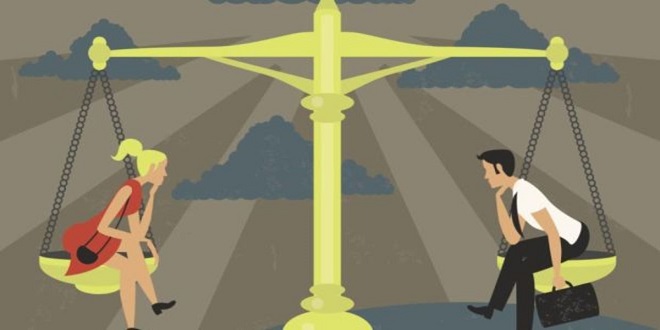The twenty-first-century image of modern womanhood

Beauty and the beast: fashion noir
Lipovetsky (1994) in The Empire of Fashion initially argued that individualism was the prime focus of fashion in the twentieth century. However, he added ‘In the late 20th century, clothing no longer arouses the interest or passion it used to illicit’ (1994: 120).
Central St. Martin’s Caroline Evans also argued that a strong feeling of decadence and psychological trauma pervaded fashion collection showings in the 1990s and early 2000s. She explains that it was a period when experimental design and photography concentrated on the spectacle and not the essence of fashion.
Just as the concept of deconstruction emerged in the 1980s with the socially challenged punks in London and the Zen ant aesthetic work of the Japanese in Paris, at the turn of the century it was the Belgians, and, in particular, the work of Martin Margoles, who continued the social, sexual and aesthetic assault on the establishment. Margoles chose abject materials for his garments and destroyed any hint of the original functionality or exclusiveness.
Bill Cunningham (2010) argues that deconstruction fashion is a cultural response to the social and political unrest of the times in Europe, and this zeitgeist constituted the emergence of countercultural fashion. The critics labeled it ‘Le Destory’, and Alison Gill saw ‘a mirror image in these decaying garments of social stress and degradation brought by the economic recession in the early 1990s’ (1998: 30). Both Evans (1998) and Gill (1998) argue that the sordid urban locations chosen for Muriel’s shows—empty car parks, warehouse corridors, an unused derelict Metro station, and a disused hospital—added to the deconstruction of the notion of couture as glamorous.
Other prominent Belgian designers, including Dries Van Notion and Walter van Beirendonck, followed this practice by holding collection showings in the snow around coal fires and in unheated tents. A polarity existed in the fi n-de-siècle fashion trends, with Margoles and his expert mental, dark and melancholic garments on the one hand and Galliano’s vigorous and joyful creations that epitomized an age of luxury and excess on the other.
Evans argues that both designers practiced a form of ‘cultural poetics’ that was ‘caught up in an oscillation between novelty and decay, as cycles of consumption consign everything belonging to ‘yesterday’ to the scrap heap (2003: 37). Alexander McQueen seemed to be caught in the schism between these two worlds—glamorous collections expected by Gucci and his own penchant for outrageous, irreverent, and spectacular narratives (Plate 20).
After 11 September 2001, the world changed dramatically. A new type of glamour noir had emerged—one that relied on the paradox of reality and illusion contextualized by symbolic exaggeration and theatricality. Presentations became pretentious; they were a form of escapism, and fashion photography captured these images of excess, negativism, and anxiety. Galliano’s historical romanticism offered a form of staged escapism, while McQueen’s creations, potent in their social and political meaning, spelled out the impending gloom-and-doom mindset of the decade.
For a number of years, symbols of war and masculine aggression had appeared in designer collection showings. Some designers made extensive use of khaki or guerrilla warfare colors, while others relied on styling reminiscent of the 1950s motorcycle culture. A number of designers created survival coats—pocketed plastic coverings in which one’s essential life possessions could be carried—while others included clothes that read like armor or uniforms (Prada’s Mau Mau collection, 1 March 2006).
Last word
Some designers, more directly, used text that appeared across the clothing, including Jun Takahashi for Under cover’s display of antiwar T-shirts; Yamamoto’s tops inscribed with the words ‘Do Not Touch Me’ seen in the October 2003 show; and Galliano’s use of ‘Dior not War’ splashed on jackets and shirts. An atypical sense of sobriety dominated Watanabe’s mostly black collection as early as October 2004 with clothing that looked sad and oppressive.
Understanding the conjugation of verbs is essential in mastering a language. It involves various verb forms and tenses, which convey the timing and completion of actions. Additionally, mood and voice variations add further complexity to verb conjugation. The nuances of shabd roop encompass the subtleties of language, requiring attention to detail and practice for fluency





